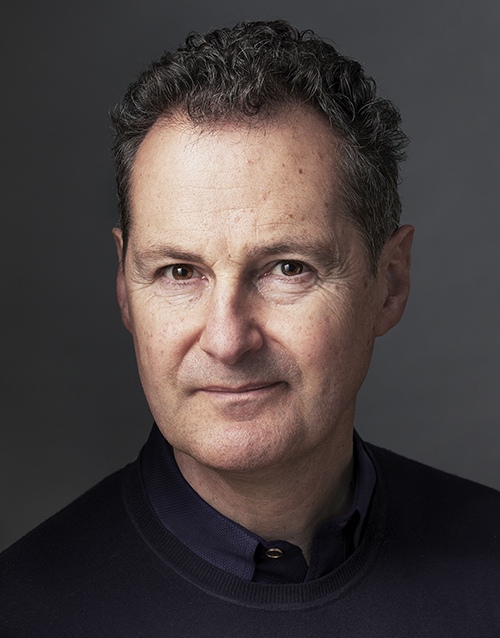
Tim Flach, An Animal Photographer, Documenting Endangered Animals with His Camera
Through his lens, Tim Flach, an Honorary Fellow of the Royal Photographic Society of England, has captured numerous mesmerizing images of animals both from his home country of England and abroad. Many of those images have left people speechless because of Tim’s sensitivity in revealing the inner worlds of those animals; full of complexity and sophistication. His images have not only shortened the distance between people and the animals but have also evoked empathy, leading to support for conservation efforts. According to Tim, this is very crucial since we are in the period when humans are shaping this planet, much for the worse.
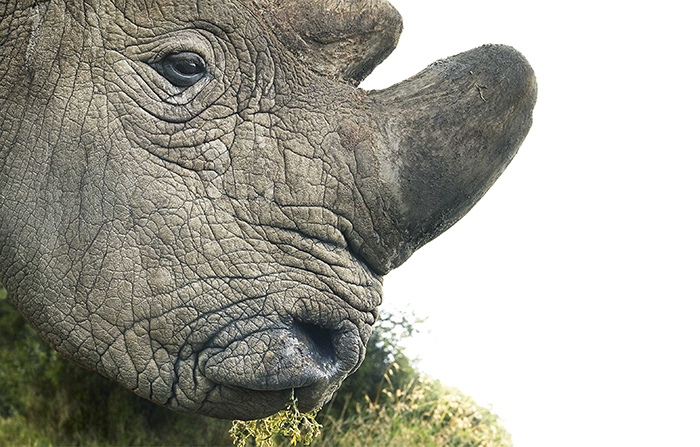
After graduating from Saint Martin’s School of Art with a postgraduate degree in painting, Tim took some photos for a press event a week after his graduation. Since then, Tim fell in love with photography not only because he likes visual language but also because photography has versatile applications.
Tim has five major bodies of work and published seven books. They are Birds (2021), Who Am I? (2019), Endangered (2017), Evolution (2013), More than Human (2012), Dogs Gods (2010), and Equus (2008).
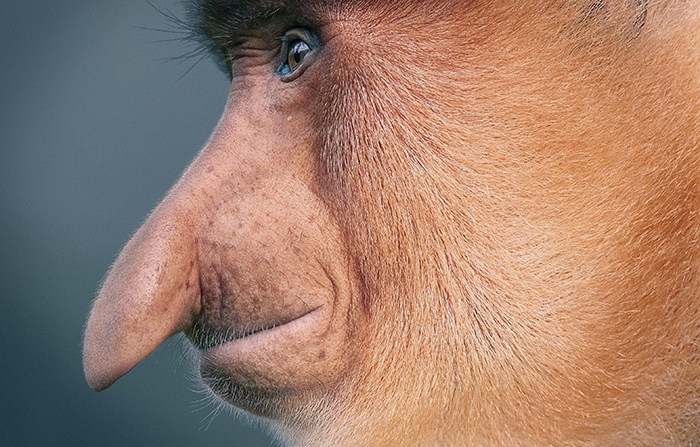
Tim regards himself as an animal photographer, not a wildlife photographer. He loves animal portraits mainly because they engage people with nature. His images are meant to arouse empathy which is important in conservation support. His photographic approach is to isolate the environment from animals so that people can concentrate on what animals mean to us. Also in this way, he can invoke character and personality in these animals allowing people to consider their particular stories and care about their natural world.
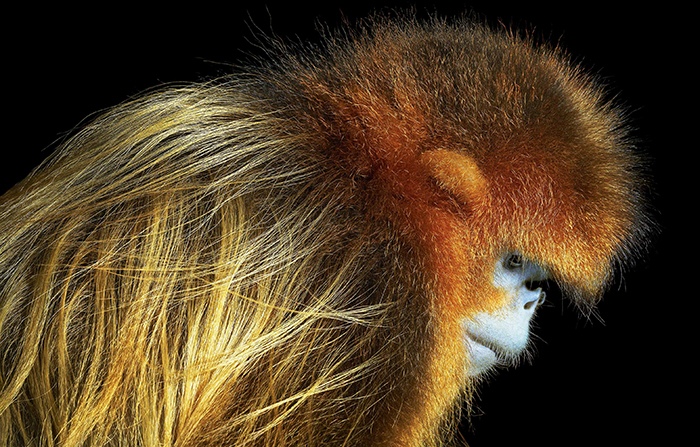
Tim believes the best way to protect endangered animals is to combine science and photography. Many photographers are emerging to shed light on some of the environmental issues concerning people such as climate change and loss of biodiversity and what they mean for us. Unfortunately, scientists’ work is opaque to many people and needs to be translated into the cultural space. Photographers have important roles to play in this regard. To create empathy, photographs are most likely to achieve that level of understanding.
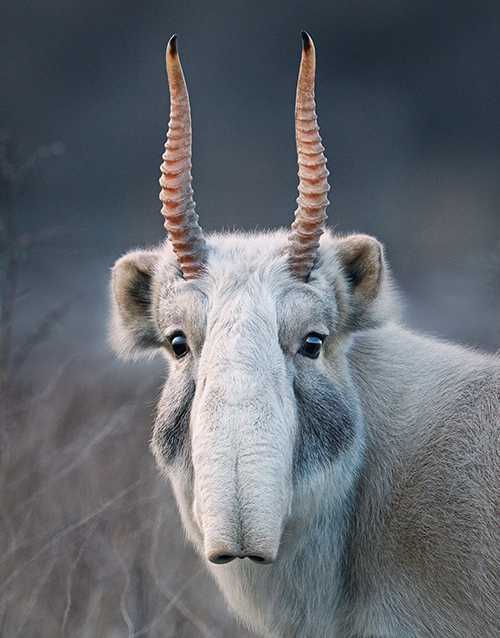
Some of the endangered animals covered by Tim’s book Endangered are the last of their kind. To name a few, the gharial (Gavialis gangeticus), also known as gavial or fish-eating crocodile with a long beak, or the Saiga antelope, are on the edge of extinction. Nicrophorus americanus, also known as the American burying beetle, is critically endangered. These are some of the animals showing up on the red list compiled by the International Union for Conservation of Nature (IUCN). In Tim’s book, those animals are either critically endangered, endangered, or vulnerable as defined by IUCN.
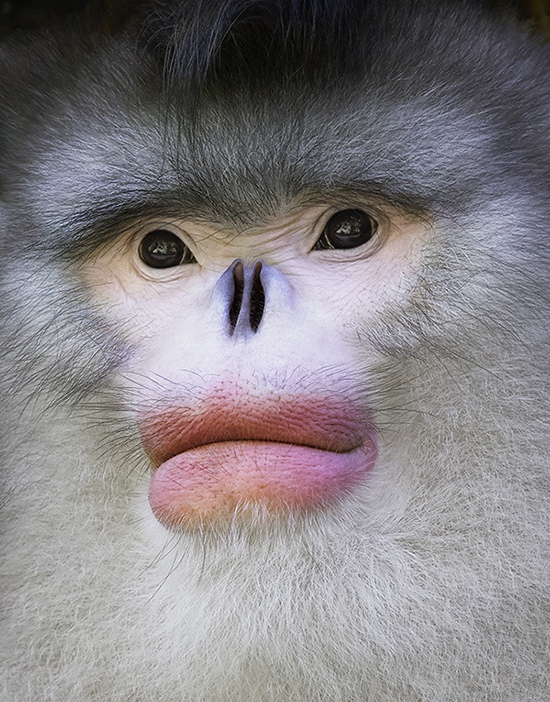
It took Tim two and half years to finish Endangered. He tried to take images close to home; he only travelled if necessary. Some endangered animals are unique to specific countries. For example, the Philippine eagles are only found in the Philippines. The Yunnan snub-nosed monkeys live at a higher altitude than any primate in the dense bamboo thickets of the Hengduan mountains in southwestern China; Tim had to go to the remote parts of the Tibetan plateau to shoot their photos. Usually, they are hard to spot. Luckily one monkey walked in his direction, and he was able to take a close-up shot. He also dove into the deep sea, to take photos of great white sharks, travelled to Antarctica, and tracked down western lowland gorillas in the rainforest of Gabon in Africa.
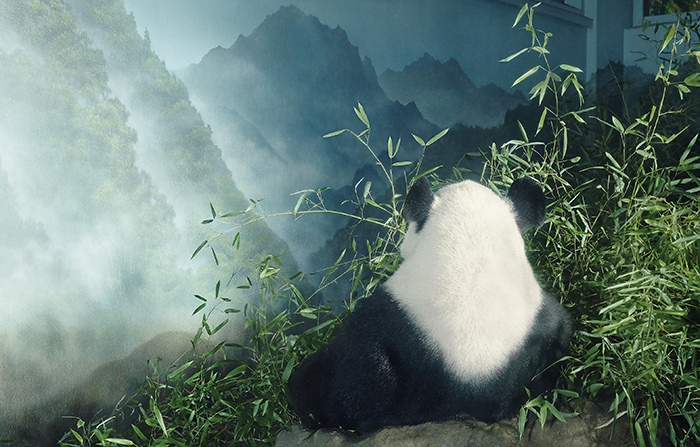
All his photo projects are self-financed. His books and prints sometimes help financially. Doing lots of homework and talking to the right people is very important in his projects. His pictures are taken for specific reasons (not on a whim), representing a candidate or a group of animals with stories attached to them and with solid research and understanding behind those images.
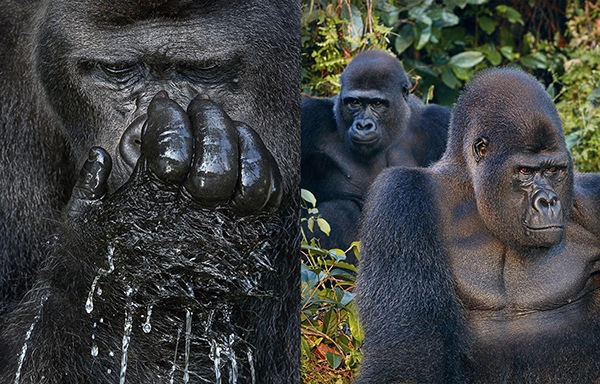
Tim lets the animals in his images tell their own stories. For example, one of the gorillas (named Djala) rescued from poachers in Africa was put in an English zoo. He photographed this gorilla five years prior for his other book. The owner of the zoo wanted to reintroduce Djala to the wild, so he released the gorilla back to Gabon’s Batéké Plateau National Park. Tim went back to find Djala some years later. For two weeks he travelled up and down the river. Finally, Tim found the gorilla: Djala looked much healthier in every way.
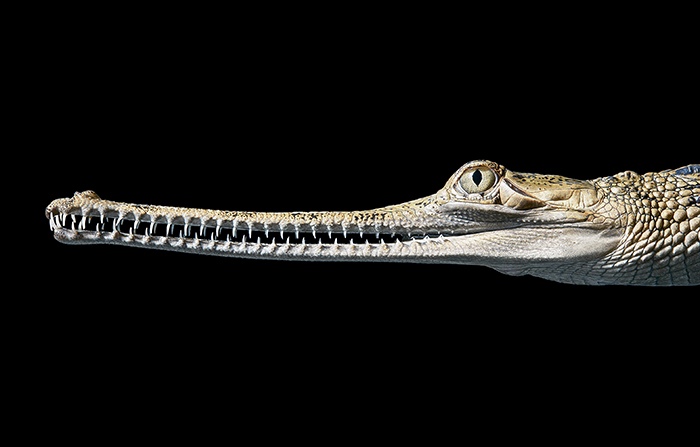
Tim believes the pressing concern of our time is that we have never been more separated from the natural world. Yet this is precisely the time we need to be sensitive to the environmental changes that are unfolding. For example, the carbon we dump into the air takes hundreds of generations to diminish. Although governments are slowly mobilizing and people are becoming more mindful, there is no doubt that photographers around the world all want to be supportive of the natural world so that people can be smart about what is unfolding.
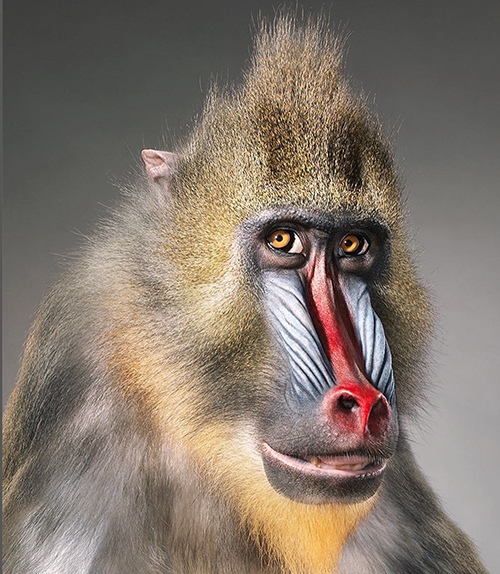
We are currently living in the geological era known as the Anthropocene. This period is defined by humanity’s unmistakable presence in the geological record – humanity as the dominant force shaping this planet. We are the only creatures that can both destroy and save the world. We must understand that we have both the responsibility and the agency to save the planet. This is the context we are dealing with. Many people understand this, but photographers must make this issue much more salient; the difference between knowing something and caring enough to take meaningful action. Our future ultimately depends on making that distinction. Rather than this be a solo project, Tim recognises the immediate need for people to come together and acknowledges that this would benefit from a transdisciplinary approach.
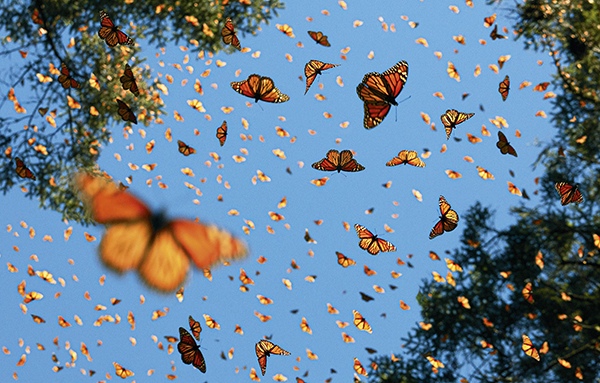
Tim’s current project is focused on soils and insects. People don’t usually think about soils. It’s just dirt, right? It’s not as endearing as a cute animal. However, ecosystems depend on soils and tragically they are disappearing rapidly across the globe. It has been estimated that in the next 60 years we will lose all the topsoil which we depend on for our crops. Soil blindness makes us not aware of the biodiversity and dynamic biostructures within the soil.
Tim hopes to be able to encourage and inspire others with his animal photography and enable people to learn through his books and images. Here is a link to all of Tim’s books published on Amazon:
https://www.amazon.com/Books-Tim-Flach/s?rh=n%3A283155%2Cp_27%3ATim+Flach